L’Anarsia lineatella it is an insect belonging to the order Lepidopterafamily Gelechiidae. It is a typical parasite of stone fruitalso commonly known by the names of apricot anarsia, peach moth, fruit moth or simply anarsia. In English-speaking countries, however, the insect is called peach twig borer.
In our country it is present everywhere and causes damage both to the vegetation of the trees and to the fruit.
So let’s see the entomological peculiarities of this moth and the biological defense strategy.
Description of theAnarsia lineatella
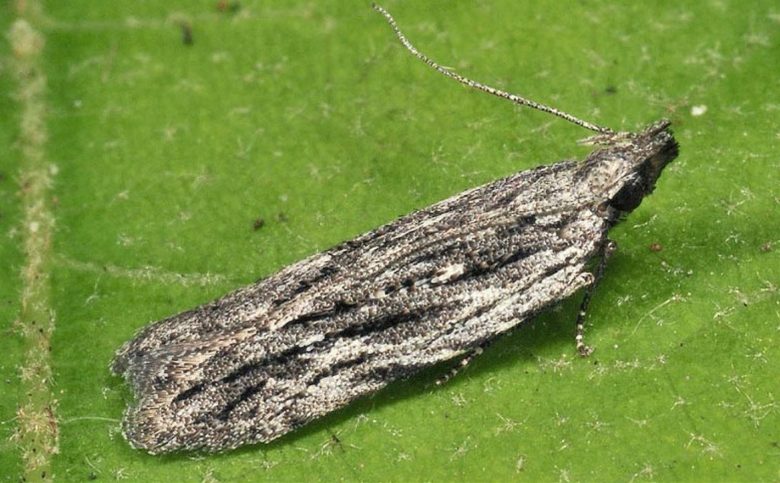
Adult anarsia is a small butterfly, with a wingspan of 13-16mm. The front wings are gray, with linear and scattered brown spots. The hind wings are instead lighter and equipped with fringe.
Egg
The egg of Anarsia lineatella it is oval-elongated in shape, with the chorion knurled longitudinally, initially white in color, later yellow-orange. The dimensions are 0.5 x 0.3 mm.
Larvae
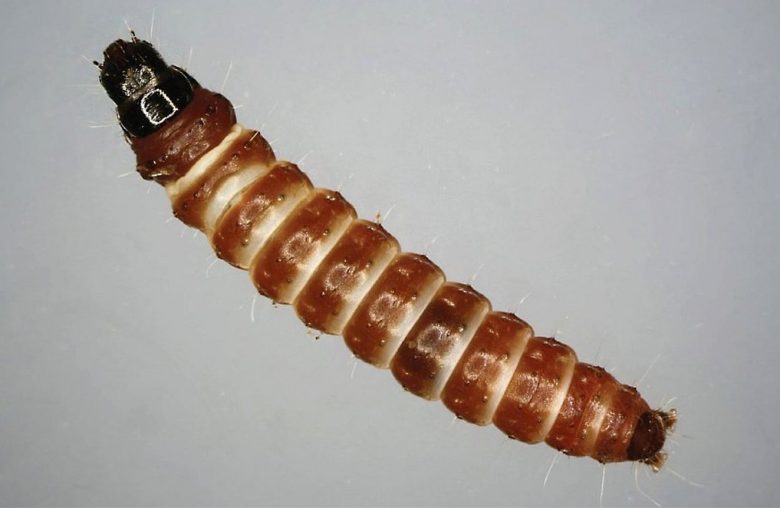
Anarsia larvae are responsible for damage to trees. At full maturity they measure 12-15 mm in length, are brown in color with lighter intersegmental spaces. Head, thoracic plate, anal shield and legs are brown.
Chrysalis
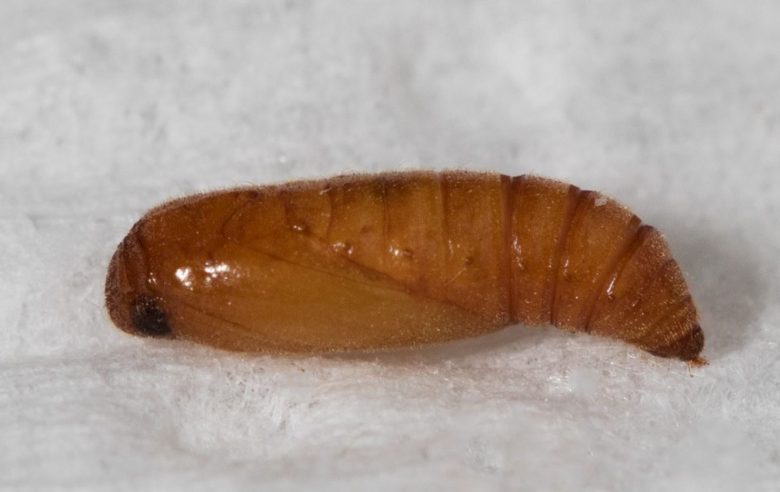
The chrysalis of this moth is reddish-brown, with cremaster provided with swollen and hooked bristles, protected within a sparse whitish cocoon. They measure 4-6 mm in length.
Plants attacked byAnarsia lineatella
As mentioned, theAnarsia lineatella is a parasite of stone fruit, or of: peach, apricot, plum, Cherry tree And almond treeplants among the most loved and cultivated in family orchards.
Damage toAnarsia lineatella to trees and fruit
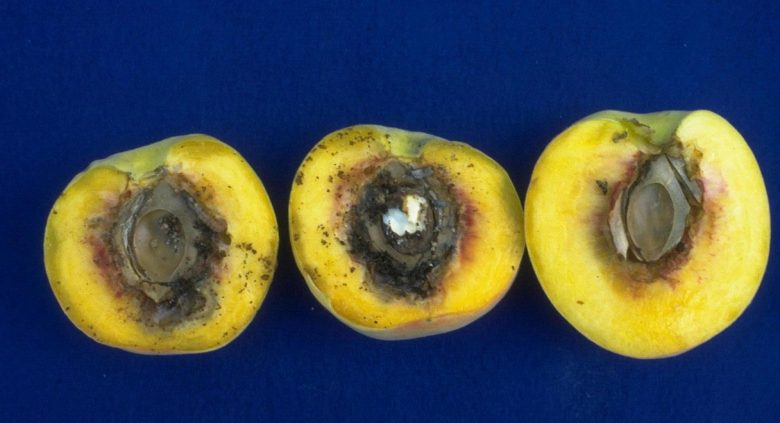
The damage to the vegetation occurs at the vegetative restart, when the larvae of Anarsia lineatella they dig centripetal tunnels at the base of the leaf rosettes, causing them to wither. The larva is also able to penetrate the flowers thus causing them to dry out. As the spring season progresses, it digs other tunnels, this time descending, in the growing shoots, causing them to wither.
The affected fruits are apricot, peach and plum, in which they dig a tunnel in the pulp entering from the peduncle.
Life cycle Anarsia lineatella
L’Anarsia lineatella it winters in the second age larva stage, sheltered in a hibernacle dug inside the fruit buds or in the cortical depressions of the branches. In February the anarsia larvae slowly resume their activity, expanding their shelter. In March, near flowering or soon after, they begin to emerge. Throughout the month of April they feed by damaging the leaf rosettes, flowers and buds.
When they reach maturity, they crysalize among the vegetation already affected, to give life to the new adults after 8-15 days. These live for about a month, with females laying up to 100 eggs. These are deposited, isolated or in small groups, on the shoots, on the leaves or directly on the fruits. The new larvae are born after 4-8 days of incubation, complete development in about three weeks, attacking shoots and fruits.
Second generation
The flight of adults of the second generation of Anarsia lineatella usually occurs in the period between the first ten days of July and mid-August. The larvae of the second generation are born after only 4-5 days of incubation and almost exclusively attack the fruits. The maturation takes place in about twenty days, sometimes after having suspended the trophic activity due to the strong heat.
Third generation
The third flight of anarsia adults takes place between the end of August and the end of September and beyond. The eggs are laid on the bark of the branches and the new larvae build the hibernacle, make a first moult and then take refuge to spend the winter.
Antagonists ofAnarsia lineatella
Fortunately in nature there are several natural enemies ofAnarsia lineatella. It must be said, however, that the presence of beneficial insects is possible only in an environment characterized by a high degree of biodiversity and by conservative agronomic practices of the ecosystem, such asgrassing of the ground.
The main parasitoids of anarsia are: the polyembryonic chalcidoid hymenoptera Paralitomastix variicornis; the braconid hymenoptera Apanteles xanthostigma; the iceneumonid hymenoptera Phygadeuon rusticatus; the calcidoid hymenoptera Encyrtus variicornis And Elasmus flabellatus; the hymenoptera betylide Perisiola gallicola.
How to get rid ofAnarsia lineatella
Biological defense fromAnarsia lineatella it must be carried out in several stages, referring to the life cycle of the parasite. At the beginning of spring, when aphids are usually fought on stone fruit, it is possible to intervene with soft potassium soap (available in specialized shops), the natural pyrethrum (also available in online stores) and, finally, theazadirachtin (also of easy to find), all allowed in organic farming.
During the rest of the season, it is first of all necessary to monitor the presence of the insect using the pheromone traps. Obviously, in the best agricultural shops you have to request the specific one for Anarsia lineatella and the number of traps to be placed depends on the extent of the orchard. After 15-20 days from the start of the flight and exceeding the indicative threshold of 7 catches per week or 10 catches in two weeks per trap, it is necessary to intervene with products based on bacillus thuringiensis var. kurstaki and aizawaii (that found in specialized stores) particularly effective against larvae.

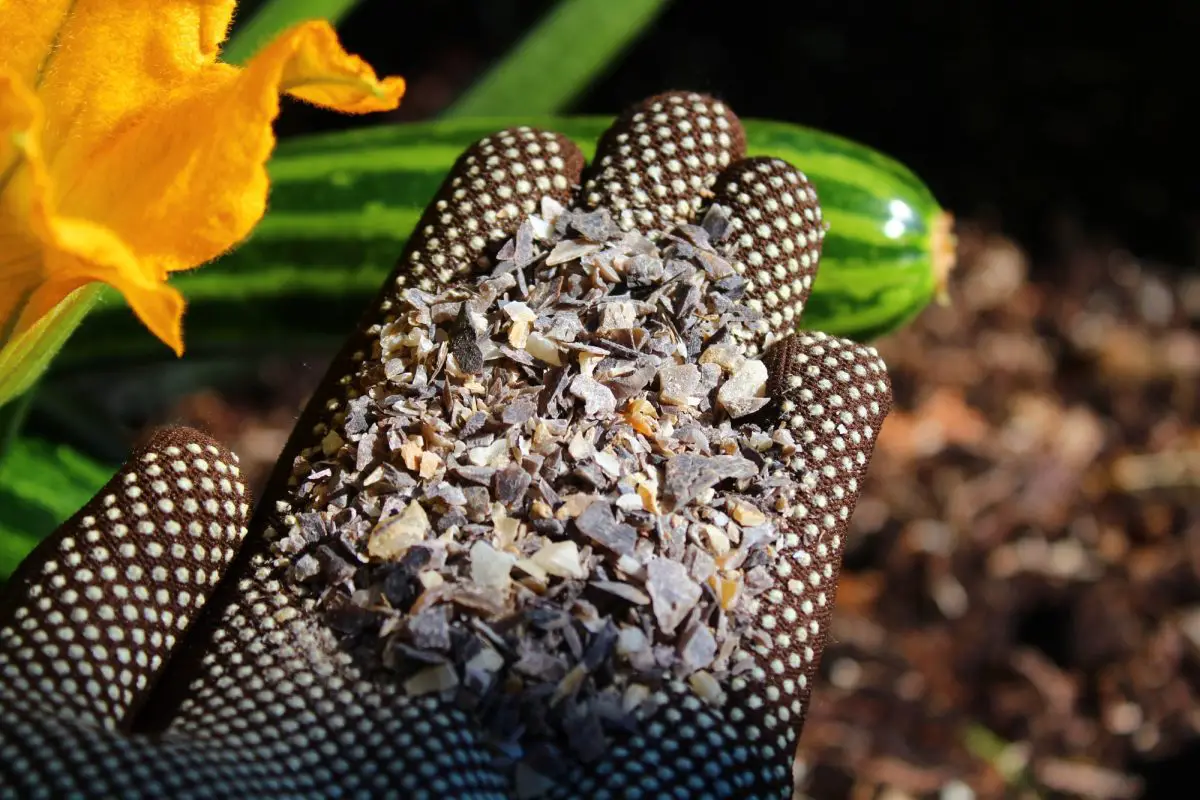
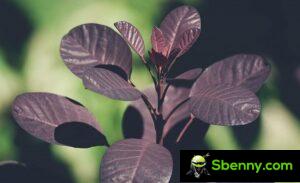
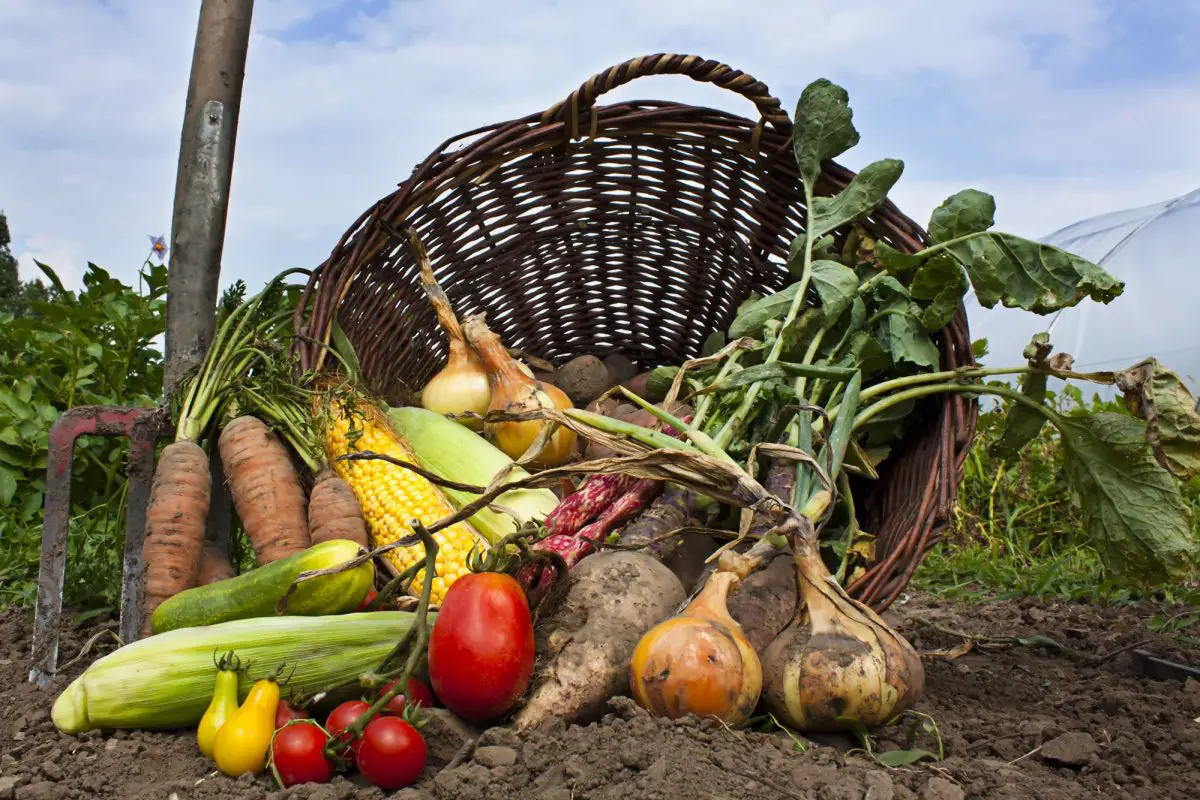
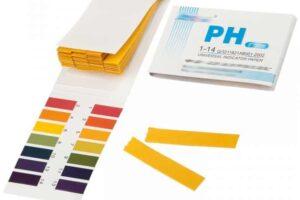

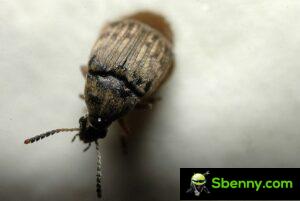
Start a new Thread